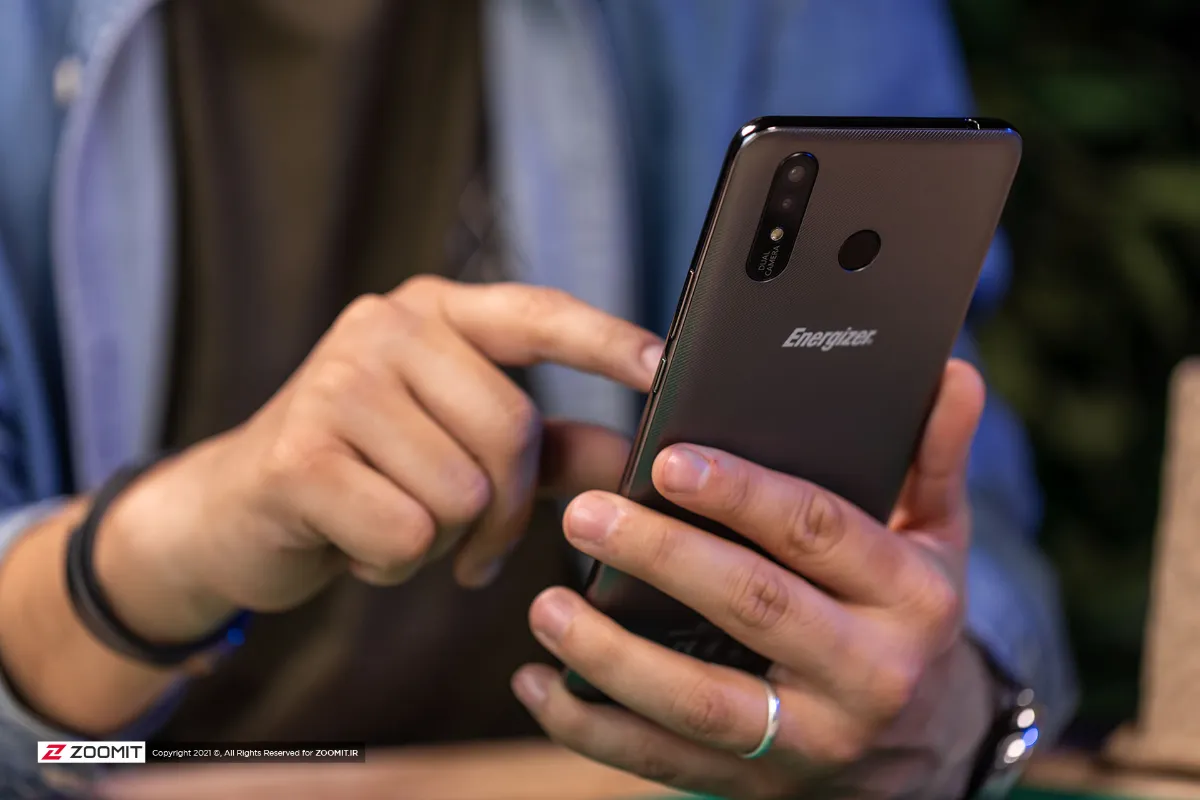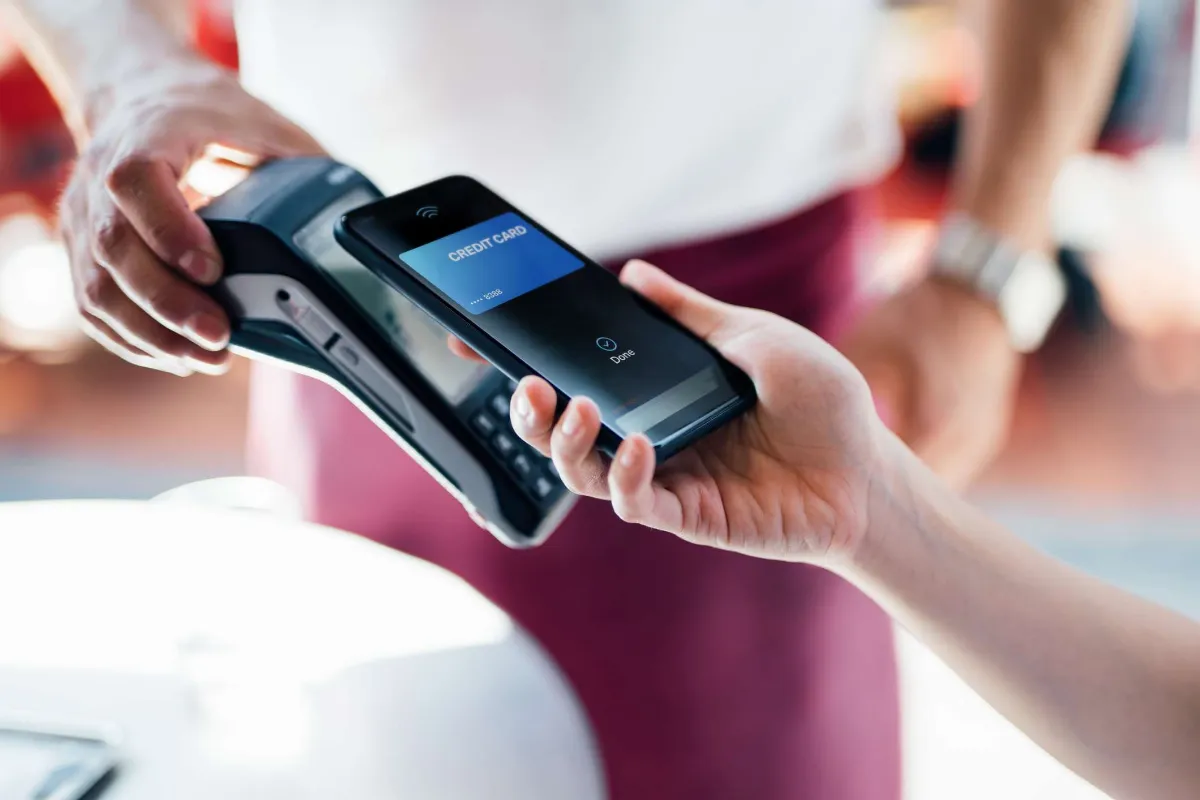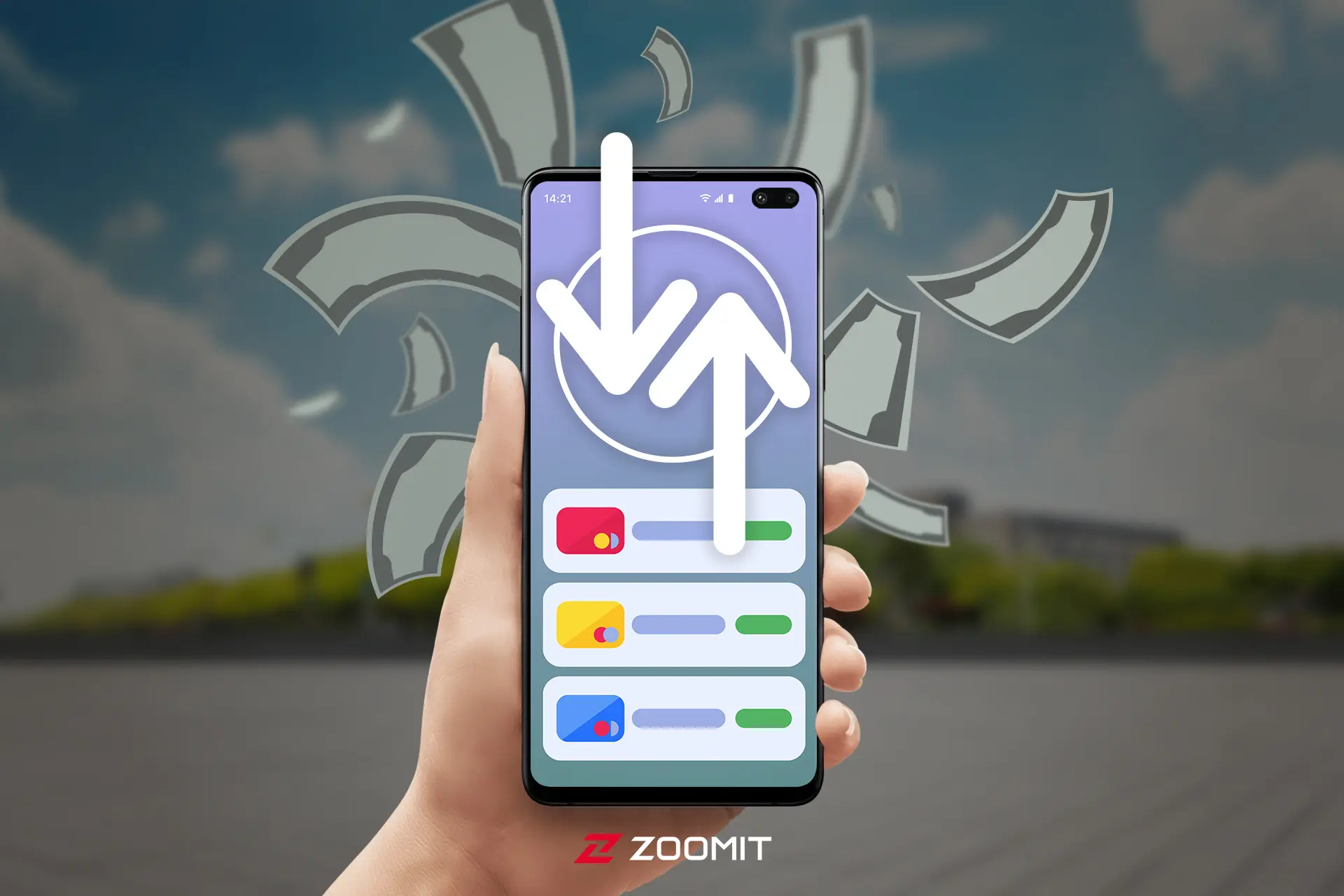Introduction Of All Methods Of Money Transfer By Phone
In This Article, We Have Explained All The Methods Of Transferring Money With The Phone That Can Be Done Through The Site Or Using The Application.
These days, thanks to the expansion of the Internet and the increase in its penetration rate, along with the popularity of smartphones, bank customers can do their banking without the need to visit bank branches in person. Nowadays, it is possible to pay all kinds of utility bills through mobile applications and electronic bank portals, and people do not need to go to banks in person.
Of course, banking services are not limited to online payments; even massive amounts can be transferred through mobile or Internet banking. Therefore, it is necessary for users to be familiar with how to use these methods and to know the conditions and limitations of each technique.
In this article, we will introduce you to these methods and explain all the ways of online money transfer in the country’s banking system.
All kinds of online money transfer methods
Users around the world need online money transfer services to do many things. In Iran, various applications and websites have made this possible for several years, and people have started using them more than before.
Money transfer in the Shatab network
Many users use Shatab or card-to-card money transfer methods to transfer money. This method is perhaps the easiest, fastest, and safest way of money transfer. To perform card-to-card operations, it is enough to have the card number of the recipient of the payment, and as the source of the transfer, you must also provide the card number, CVV, expiration date, and the second code (for transferring funds less than 100 thousand tomans) or dynamic code (for more significant amounts). From 100,000 Tomans) enter this information when making card-to-card transactions.
Despite all the advantages of the card-to-card method, considered one of the most widely used methods for transferring money, this method is limited in terms of the transaction amount, and the user cannot move more than 10 million Tomans from card to card. Of course, the same amount can be transferred only through the bank account.

Of course, card-to-card transfer of up to 10 million tomans is possible only through the Internet bank or bank application. If the user intends to do card-to-card using banking applications, the maximum transfer amount is five million tomans.
Intra-bank transfer with the account number
You can use internet methods other than card-to-card. One of these methods to transfer money is transfer through account numbers between internal bank accounts. Suppose you want to share an amount of more than 5 or 10 million Tomans and don’t have the opportunity to go to the Bank.
This way, you can easily and quickly transfer your desired amount to the destination account in the same Bank. For example, suppose the recipient and the money sender have an account in Parsian Bank. In that case, it is possible to transfer the desired amount instantly through intra-bank transfer and having the account number of the destination in hand.
In addition to these methods, there are two other methods for transferring funds: safe, easy, and widely used. These two methods are explained below.
Money transfer through Satna
The Satna system is an alternative to the encrypted interbank check, considered its non-physical and electronic form. This system is for the electronic transfer of large and high amounts between banks and financial institutions, and Satna stands for “instant gross settlement system.”
Money transfer through Satna is not done with a card number and account number, and it is possible to use this system and transfer money through it only if you have a Shaba number for the source and destination account.
Satna transfer is done during bank working hours, i.e., from 7:30 to 14:30. If you transfer money through Satna during this period, your payment will be made within 30 minutes at most. The result of the operation performed outside this time will be postponed to the next working day.
The minimum amount you can transfer through the Satna system is 50 million Tomans, and the transfer limit depends on your chosen method. If you select the mode of visiting the Bank in person for Satna remittance, you will not have any limit on transaction limit. Of course, remember that to transfer over 200 million tomans, you must provide documents and a description of the reason for the payment.

If you want to transfer money through Satna online, mobile Bank, or Internet Bank, you will be limited in choosing the maximum amount. The transfer limit in the online method will differ depending on the source bank. Still, in most banks, the limit for Satna online transfer is 100 million tomans daily and 500 million tomans monthly.
According to the latest fee rates for electronic banking services announced by the Central Bank in May 1402, interbank money transfer through Satna is 0.02% of the transaction amount up to 28 thousand Tomans.
Advantages of using the Satna money transfer system:
1. High speed in depositing the amount to the destination account
2. It is not possible to cancel or reverse the transaction in this method
3. eThis method eliminates the risk of money transfer. You can quickly transfer large amounts using the Satna system.
Remember that the Satna system serves the customers of various banks nationwide every day except Fridays, from 8:00 am to 4:00 pm, and transfers in less than half an hour. Simplifying the money transfer process, without the need to go to the Bank in person, is the most crucial advantage of Central Bank Satna Hawala.
Transfer money through Paya.
The Paya system is a comprehensive inter-bank electronic system designed by the Central Bank and is an abbreviation of the “Electronic Paya” system. Using the Paya system, you can make your interbank micro-exchanges in bulk. Working with this system has special conditions and is possible only for money transfers with unique features.
Paya has the advantage for bank customers that they can transfer small amounts from their bank account in one Bank to other people’s bank accounts in different banks, without the need to fill out multiple forms and with one request. In this way, this method saves customers’ time and the cost of bank fees.
This electronic system receives multiple funds transfer orders from the originating Bank and, after processing these orders, sends them to the destination banks for execution. Batch transfer of money, for example, for salary and pension payments, dividend payments, loan installments, rent payments, and periodic payments, are among the things that a stable system for their transfer can be handy and user-friendly.
To use the Paya system for money transfers, it is necessary to have a Shaba number (Iranian bank account number) and register it in the Paya system when performing money transfer operations. Paya system conducts banking operations through two subsystems, i.e., direct withdrawal (BAM) and direct deposit (DM).
Direct deposit (DM): By using the possibility of direct deposit, a bank’s customer allows his Bank to withdraw specific amounts from his account on specific dates and times and deposit them into other people’s accounts in different banks. For example, as the owner report, you tell the Bank to withdraw a certain amount from your account at a particular time and transfer it to your landlord’s account as rent.
Direct withdrawal (BAM): In this method, the customer allows the Bank to withdraw specified amounts from the account of other persons in the same Bank or other banks at specified times and deposit and transfer to his account. The debtor and the creditor must have agreed upon this operation in advance. Both of them should sign a contract regarding this agreement in one of the bank branches to show that the debtor and the creditor give permission and authority for direct deposit and direct withdrawal to the Bank.
Generally, there are three ways to register Hawala Paya: the first is to go to the bank branch in person, and the second is to use the Internet bank. In both of the mentioned methods, there is a limit on the amount of money transferred, and the limit of this amount is 100 million Tomans.

In addition to all these conditions and features, money transfer through Paya is done in several cycles (cycles) in one day and night. The first cycle is around 4:00 am, and the second cycle is around 10:45 am in the payment transfer hours of the Paya system. The third cycle is done around 14:45, and finally, the last cycle is done around 17:45. Therefore, the transfer of money through Paya is not done immediately and upon request, and it takes 24 hours for the settlement to take place.
Don’t forget that the transfer cycle starts on official holidays at around 13:45. Still, the transferred money is deposited into the destination account in the first non-holiday day’s first cycle. On Thursday, the transfer of the payment is done only until 13:45.
Advantages of using a stable money transfer system:
1. Elimination of money transfer costs, such as education costs and…
2. Reducing the cost of banking services for organizations and companies
3. The possibility of canceling the interbank transfer before the due date
4. The possibility of issuing interbank electronic remittances on the due date
5. Reducing the use of checks, Iran checks, and encrypted checks and eliminating their possible risks
Paya interbank transfer fee in individual payment orders and group payments will be 0.01% of the transaction amount with a floor of 240 tomans and a ceiling of 3 thousand tomans. In group payment, 1200 tomans per file plus 120 tomans per deposit.
Although the Paya system is used for transferring small amounts and Satna for moving large quantities, the only difference between these two payment methods cannot be limited to the amount that can be shared. As mentioned earlier, the Paya system is not instantaneous like Satna and takes three to four cycles (cycles) in a 24-hour period to settle.
Satna, whose full title is Instant Gross Settlement System, is instantly transferred and can be used for amounts from 150 million Rials, while Paya can only be used for up to 500 million Rials.
Transfer money through the bridge system.
The bridge system or “instant payment” is a system that the central Bank introduced two years ago and transferred relatively tiny funds. To transfer money in this system, you must use the account number or Shaba number; this way, it is impossible to transfer money through the card number in this electronic system.
The bridge system is active 24 hours a day. As the name of this system means “instant payment,” the money transfer in the bridge system is executed immediately after the user’s order and at high speed. In the bridge system, amounts can be transferred up to 15 million tomans. The advantage of moving money through the bridge system is the lower fee of this method compared to the card-to-card service.
The money transfer fee in the bridge system is 0.02% of the total amount transferred, which is less than the fee in the card-to-card method. Of course, the minimum cost in this system is 500 Tomans; That is, even if the amount transferred is small and the price is less than 500 Tomans, you need to pay 500 Tomans as a fee for transferring money.

Advantages of using the bridge system:
1. The possibility of transferring money at any time of the day or night
2. Lower fees than Paya and Satna systems
To transfer money in the bridge system, in addition to the possibility of visiting the desired bank branch in person and completing the instant payment system deposit form, you can also use two online methods that do not require a visit in person:
The first method is to transfer money through Mobile Bank; In this method, it is enough to install the Mobile Bank application on your smartphone so that you can use it to transfer money at any hour of the day or night.
The second method is to transfer money through the Internet bank; If you don’t have access to a smartphone or haven’t installed the Bank’s mobile application, you can perform the money transfer operation by entering the website and Internet bank.
According to the announcement of the Central Bank, 23 commercial banks are connected to the bridge system; therefore, the customers of these banks can use this system to transfer money. These banks are Central, National, Day, Saman, Capital, Aindeh, Shahr, Sina, Parsian, Pasargad, Agriculture, New Economy, Cooperative Development, Export, Tourism, etc.
Transfer money through the check system.
You may wish to transfer funds to another person through a check. For this need, a system called Chekauk has been launched, which is a system for sharing the image of a check. Therefore, the check system is suitable for those who want to use checks as one of the types of money transfer methods.
In this method, if you have received an encrypted bank check, you can give it to the Bank; the Bank will scan your bill and transfer its image to the system with the account number and name of the recipient.
In the next step, the branch must confirm the check and your details and the check and send the information to the destination bank. The originating Bank pays the amount of the tab after checking the news.
In general, the check system has been designed and launched with the aim of accurate and complete processing of issued checks and the Central Bank’s supervision of the process of financial payments made using tabs.
Therefore, the central Bank has launched a check system to accept and process electronic interbank paper checks and perform transactions based on them electronically. With this system, instead of its physical copy, the image of the bill is sent to the relevant Bank for final processing, and the result of processing and checking is returned electronically to the branch receiving the invoice.
There are special conditions and rules for using check system facilities. One of the conditions is that the statement should not be issued to the bearer; the bank check must be published in the name of the person requesting the review Checks can be processed in this system if they meet the stated conditions.
The third condition is that the check date should be written in letters. Remember that the check holder’s number and stamp, as well as the branch’s logo, must be registered on the check. Also, remember that the word “Kurd transfer” will be removed from these checks.
Advantages of using the Checkout system:
1. Reducing the time related to the process of a reliable system for cashing checks
2. The possibility of complete and accurate monitoring of all financial authorities of the country
3. Prompt reporting of bounced checks
4. The possibility of instant monitoring of the conditions of checks issued by natural and legal persons
5. The possibility of preparing reports related to the process of clearing and returning checks
Transfer money through applications.
Using applications is one of the simplest and most widely used methods for transferring money. Some applications are related to the banks themselves; Others are applications and super-applications that provide services such as card-to-card from all kinds of banks and other financial services such as buying recharges, paying bills, validating, buying tickets, etc.
Transferring money through applications and super-applications, including banking and non-banking types, has various advantages. Mobile card, App, Top, Eva, 724 application, Hefhestad, Seke, etc., are among the applications through which you can perform various banking and financial services, including card-to-card and money transfers.
Although each of these applications has some unique features, the advantage of being secure, the ability to transfer money quickly, support for different banks, etc., is a common trait among them, which is why moving money through these tools is popular. And it has become widely used.

For card-to-card operations through applications and super-applications, you must have specific information about your bank card and enter this information in the application when performing the money transfer operation. Have the destination card number, source card number, second code (for transfers less than 100 thousand Tomans) or dynamic code (for transfers more than 100 thousand Tomans), CVV2, and the expiration date of the source card.
Regarding the use of applications, keep in mind that the mobile number with which you intend to register or enter the application must be in your name; It means that it matches your national code and usually the federal principle with which you opened a bank account.
Transfer money through the USSD code.
Many people may not have a smartphone to transfer funds through banking applications. How can these people share money if they don’t want to go to bank branches or ATMs in person?
To solve this challenge, you can transfer funds with a simple phone without banking applications and only use command codes (the same USSD codes). Of course, this service is inactive in all banks because some believe using a command code to transfer money is unsafe. Despite this, some banks, such as Sepe, Saderat, Pasargad, etc., have provided such a possibility for their customers.
ITobe can use USSD codes in any bank; you must have two essential conditions: first, the possibility of transferring money through a command code provided by your desired Bank; Second, your card must be defined in the central bank link system.
If you have Sepe Bank’s bank card, enter the command code *765 on your simple phone and press the call button.
On your phone’s screen, you can see the options of balance, check, Sheba, password, bill, card to card, and recharge. Enter the number 6, which is related to card-to-card services.
Next, you must enter the destination card number you want to transfer an amount. In the next step, you must enter the desired deposit amount, which should not be less than five thousand tomans in most banks. In the next step, enter your Sepe Bank card number.
After that, you need to enter your second or dynamic password. If you want to join the second password, choose option 2, but if you wish to receive an active password, enter option 1, that is, request a dynamic password. When the active password is sent to you as an SMS, you need to dial the command code *765*#100 and enter the received active password on the page that will be displayed to you.
Next, the recipient’s amount and name will be displayed to you. Check this information carefully and confirm if the information is correct. By doing these steps, the money transfer process ends.
There are more or less similar steps for transferring money from card to card through a command code in other banks, and of course, the command codes of different banks differ. For card to card with the USSD code of Sadaret Bank, you must dial *#719. This process is also done for customers of Pasargad Bank with command code *720.

